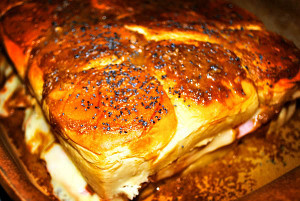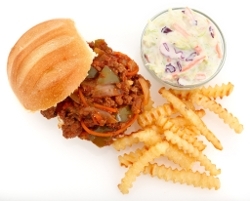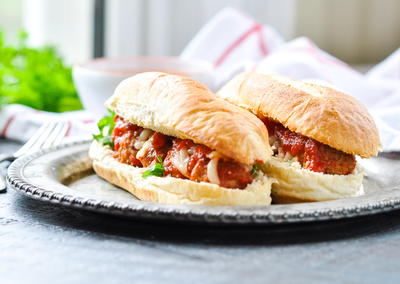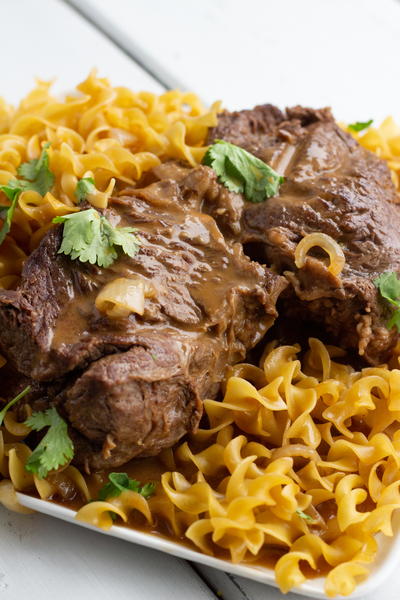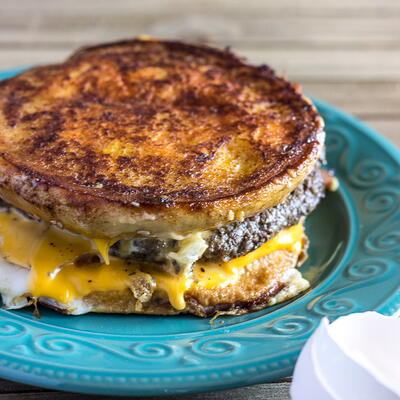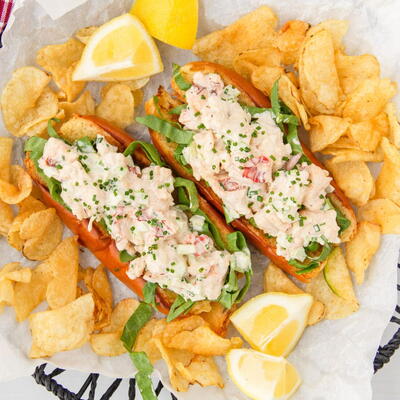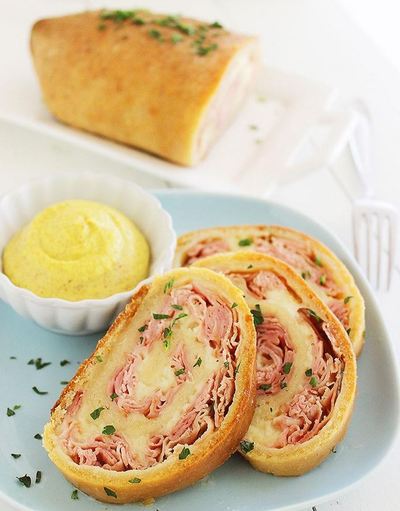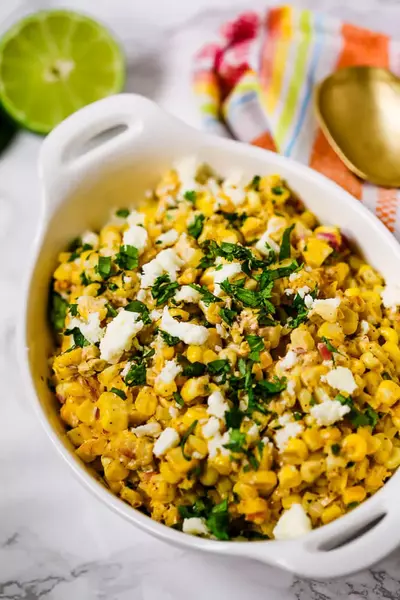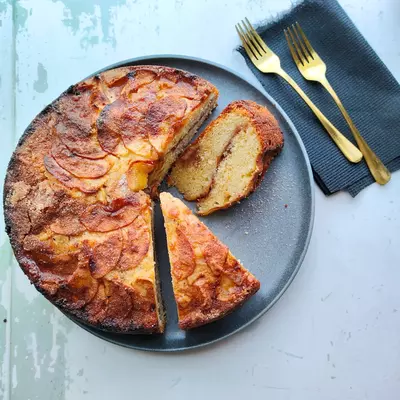Philly Cheese Steak
Instructions
One hoagie roll (as fresh as possible) sliced the long way, but not split. Some very thin sliced beef. Sirloin is preferred. This is often called minute steak. The amount depends on how hungry and big your roll is. I use 1/2 pound. Since the beef is so thin, you can cook it froozen or thawed, but of course, fresh is best and this is what the cheese steak pros use. A little bit of vegetable or olive oil. Some optional topics such as fried or steamed mushrooms (my favorite), fried onions, hot or mild peppers, and tomato sauce. Some things you should never put on a cheese steak (for reasons of tradition) are pickles, slice tomatos, lettuce, bacon, sausage, salad oil, and some other things which escape me. My opinion is that most non-Philadelphians botch up their version of Phily cheese steaks for no other reason that they put these "unwelcome" ingredients on their cheese steaks in an effort to be fancy or innovative. Don't do it! Some provalone cheese or cheese whiz. I like provalone. Cheese whiz is very popular, but I don't like it because it has very little "cheese" taste and it tends to just run off the sandwhich anyway. The amount of the cheese to use depends on how much cheese you like. about 2 or 3 slices is fine, at least according to my taste and since you need to make room in the roll for the meat anyway. Okay, so now take a large frying pan (non-stick is best unless you enjoy scrubbing grungy cookware) and let it get real hot on your range. If your pan starts smoking, its too hot. When the pan's hot, turn down the flame to a medium setting and coat the cooking surface of the pan with olive oil or non-stick spray if you're calory conscious. Make sure the whole pan's surface is coated because this thin beef sticks real easy. Now that you have the pan coated with oil, put it back on the flame and put in the meat. If you want to be really authentic, as the meet cooks, tear it up with the sharp end of a plastic or wooden spatula. You don't need a metal spatula to do this because the meat's thin enough to be pulled apart by the blunt end of a non-metal spatula and you don't want to harm the pan. I hope you read this carefully before you start because be warned, the meet cooks very rapidly. It will only take a minute or two. When the meat is still slightly pink, gather it into a pile that's small enough to fit under a pot lid that's smaller than the pan in which the meat's cooking. Add the cheese, and cover the meat with the lid so the heat gets trapped in around the meat. Let the stuff cook a few seconds (10 maybe) and then stir up the meat so the melting cheese gets blended in with the meat. Put the lid back on and let it cook a few seconds more. The cheese should be thoroughly melted throughout the meat. You're done with the cooking part now. Oh, if you are adding any onions or mushrooms or other ingredients, you can add them at the point you add the cheese, however, many places that cook these for a living add the optional stuff (except the mushrooms and onions) in the next step. Mushrooms and onions are best added during the cheese phase for some reason, but other ingredients are normally added later. A variation on this method is to remove the meat before you add the cheese to let the excess oil and fat drain off. You can do this by placing the meat on a few paper towels so the oil drains out. Put the meat back in the pan and continue where you left off. If you don't do this, you're going to get a lot of grease in your sandwhich. Some people like that, actually, most people like that, but not me. I am posting this touch separately since its not quite authentic to let the liquid drain from the meat first. Grab the roll and put the meat and cheese mixture in it. Do so in such a way that the good stuff is evenly distributed along the length of the roll. Now put this in a plate and serve it. Service this with french fries, or maybe potato chips, for a real hearty meal. Sliced pickles or pickle spears are fine too. Whatever you do, don't put the pickles in the sandwhich as that's not authentic, IMHO. Don't serve this with a salad or any other healthy side dish. No one eats a cheese steak from Philadelphia with a salad and this is also something I have noticed some non-Philaelphians fail to recognize. Here's another cooking variation: Cook the meat as described above, however, do not add the cheese at all. You should not, however, cook the meat all the way through. Let it be slightly pink on the inside region of the pile of meat. Put this meat in the hoagie roll, but make sure the pink portion of the meat is on the top of the roll so you can see it. Add the cheese, AND tomato sauce, and any stuff. Slide the sandwhich under a hot broiler. Let it sit under the broiler long enough so the cheese thoroughly melts. Unfortunately, I don't have a broiler that would serve this purpose so I have never used this variation of cooking method. You will have to experiment with your broiler so you get it hot enough to do the cheese melting and toast the roll, but not hot enough to burn the roll. This is what Philadelphians call a Pizza steak sandwhich. Its also the kind of thing (thanks to the broiler) that is best made by a pro. Also realize that like any rendition of a recipe, different restaurants use slightly different variations on the recipe. Philadelphia cheese steak emporiums are no exception. We folks in Philadelphia sometimes enter into debates as to which cheese steak emporium has the best cheese steak. I like the steaks at many places in Philadelphia, but for some reason, I don't like Pat's steaks or Geno's (across the street from Pat's) either. My favorite cheese steak is made by the American Pizza Company in Northeast Philadelphia however, there are lots of other great cheese steaks to be found here.

